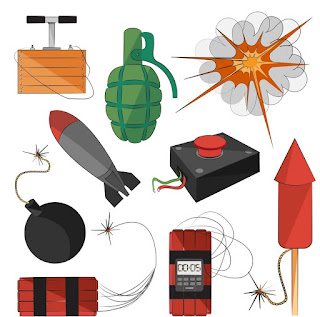
ILO Chemicals convention, 1990 (No.170) and ILO Recommendation, 1990 (No.177) are the main ILO instruments dealing with chemicals.
They provide the basis for the sound management of all types of chemicals at the workplace. Follow an approach of prioritizing prevention or reduce the incidence of chemically induced illnesses and injuries at work over protection.
(a) ensuring that all chemicals are evaluated to determine their hazards;
(b) providing employers with a mechanism [MSDS] to obtain from suppliers information about the chemicals used at work so that they can implement effective programmes to protect workers from chemical hazards;
(c) providing workers with information about the chemicals at their workplaces, and about appropriate preventive measures so that they can effectively participate in protective programmes;
(d) establishing principles for such programmes to ensure that chemicals are used safely.










